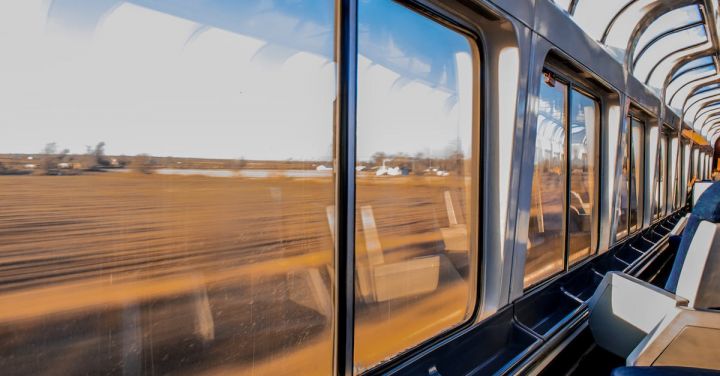As we move towards a more eco-conscious era, the need for sustainable transportation solutions becomes increasingly evident. Among the various modes of transportation, railways have long been considered an efficient and environmentally friendly option. However, with the advent of new technologies and an increasing focus on sustainability, the future of railways holds even more promise in terms of green solutions.
One of the key areas of focus in future railways is energy efficiency. Traditional locomotives, powered by diesel fuel, contribute significantly to greenhouse gas emissions. In an effort to reduce these emissions, many railway companies are exploring alternatives such as electrification. Electric trains have the advantage of being powered by renewable energy sources, such as solar or wind power. By transitioning to electric trains, railways can significantly reduce their carbon footprint and contribute to a cleaner and greener environment.
Another aspect of green solutions in future railways is the use of lightweight materials. Traditional trains are often heavy, requiring more energy to propel them forward. By utilizing lightweight materials, such as carbon fiber or aluminum, trains can become more energy efficient. These materials not only reduce the overall weight of the train, but also improve its performance and speed. Additionally, lightweight trains require less maintenance and have a longer lifespan, further contributing to sustainability efforts.
Furthermore, the integration of smart technologies and automation in future railways can have a significant impact on energy consumption. Intelligent systems can optimize train operations, reducing unnecessary stops and idle times. By streamlining schedules and improving efficiency, trains can consume less energy and contribute to a more sustainable transportation system. Additionally, automation can also enhance safety and reduce the risk of accidents, making railways an even more attractive option for commuters.
In addition to energy efficiency, future railways also focus on waste reduction and recycling. Traditional railways generate a significant amount of waste, including discarded materials and food waste. By implementing recycling programs and utilizing biodegradable materials, railways can reduce their environmental impact. Additionally, the use of composting systems can convert food waste into organic fertilizer, contributing to sustainable agricultural practices. By adopting these waste reduction strategies, railways can become a model of sustainability for other industries to follow.
Lastly, the future of railways also includes the development of alternative fuels. While electrification is a viable option, there are regions where renewable energy sources are not yet fully developed. In such cases, railways can explore the use of biofuels or hydrogen fuel cells as an alternative to diesel. These fuels have lower carbon emissions and can be produced from renewable sources, making them a greener option for transportation. By embracing alternative fuels, railways can ensure a sustainable future even in areas where electrification is not feasible.
In conclusion, the future of railways lies in embracing green solutions to address the growing need for sustainable transportation. Energy efficiency, lightweight materials, smart technologies, waste reduction, and alternative fuels are key areas of focus in this eco-conscious era. By implementing these solutions, railways can significantly reduce their environmental impact and contribute to a cleaner and greener future. As we move forward, it is essential for railway companies and policymakers to prioritize sustainability and work towards a more eco-friendly transportation system.
